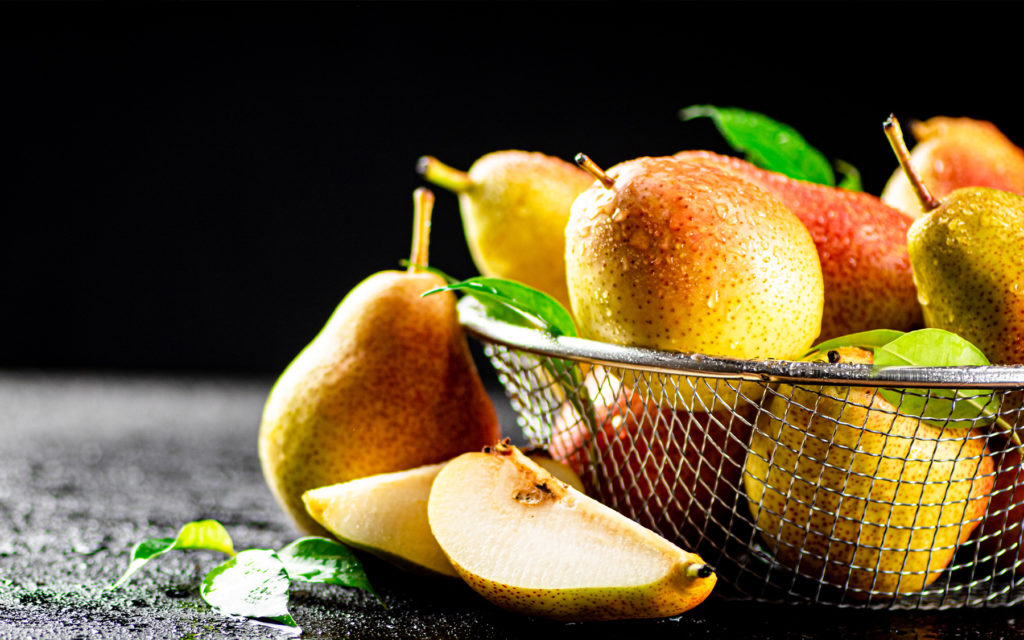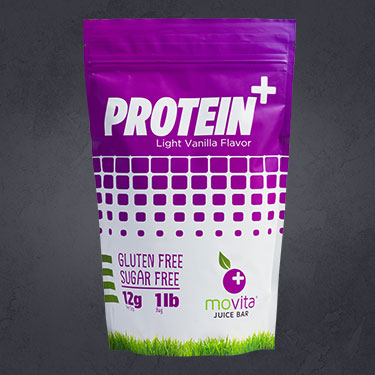
Pears are members of the family rosaceae. There are many varieties of these tasty fruits, which are known for their sweet and honeyed flavor. Let’s take a closer look at some of the most common types of pears…
Bartlett pears are some of the most common pears that you’ll find for sale in the U.S. These large fruits have thin skins and a sweet flavor, along with a soft and juicy texture. They’re great in baked goods and make up most of the canned and processed pear varieties that you’ll find in the grocery store. When it comes to bartlett pears, you can get either green or red varieties.
Anjou pears also come in red or green versions. Another popular pear, these tasty specimens are generally squat and plump, with firm and juicy flesh. Their smooth skin is relatively thin, which makes them wonderful for eating raw.
Bosc pears are taller than most other varieties, with brown skin that is similar in color to cinnamon. Their firm and sweet inner flesh makes them great pears for eating out of hand. They also hold up quite well when poached.
Comice pears can be many colors, from deep red to pale green. One of the juiciest varieties of pears, comice pears are soft, tender, and creamy. A common holiday gift, comice pears pair well with a variety of cheeses and are also perfect to eat all on their own. Since they are so popular during the holidays, many people call them Christmas pears.
Forelle pears are some of the smallest types of common pears. They’re oval, with yellow-green speckled skin that turns red as it ripens. The inner flesh is white and crisp, though it softens slightly as it gets riper.
Asian pears are very different than most other kinds of pears. With a round, apple-like shape and firm, pebbly flesh, these pears are downright crunchy. Use them when crispness really matters, like in salads or slaws.
Let’s move on to their impact on health.
Pears are a good source of fiber. In fact, a medium pear contains 22% of the fiber you need in a day. Plus, research indicates that fiber is key to healthy digestion, reducing constipation and diverticulosis.
A medium pear also has 12% of the daily value for vitamin C and 10% of the daily value of vitamin K. Vitamin C is an antioxidant that is key to good health. Aiding iron absorption, boosting the immune system, and blocking free radical damage are just a few of its many functions. Vitamin K is also important for good health, helping blood to clot effectively. It may also boost bone health in the elderly.
Now that you know about their many health benefits, let’s move on to ways to incorporate pears into your eating habits.
First of all, did you know that pears actually ripen off the tree and from the inside out? Store pears at room temperature, moving them to the fridge only once they’re ripe enough to eat. Pears brown quickly when sliced, but you can dip sliced pears in a mixture of water and lemon juice to prevent browning if you really want to prep them ahead of time. Be sure to rinse whole pears in cold running water before you slice or eat them.
Most pears are perfect to eat as soon as they ripen. They don’t need a lot of fuss or effort in order to be a fun and healthful snack. That said, pears also lend themselves well to cooking projects.
DISCLAIMER: These statements have not been evaluated by the FDA. The information is for informational purposes and is not intended to treat, diagnose or cure any illness. Consult a physician before taking any action.
Want to contribute great content?
We are looking for contributors provide our readers with great healthy content to encourage positive living. If you're interested in becoming a contributor pease email us at blog@movitajuicebar.com



